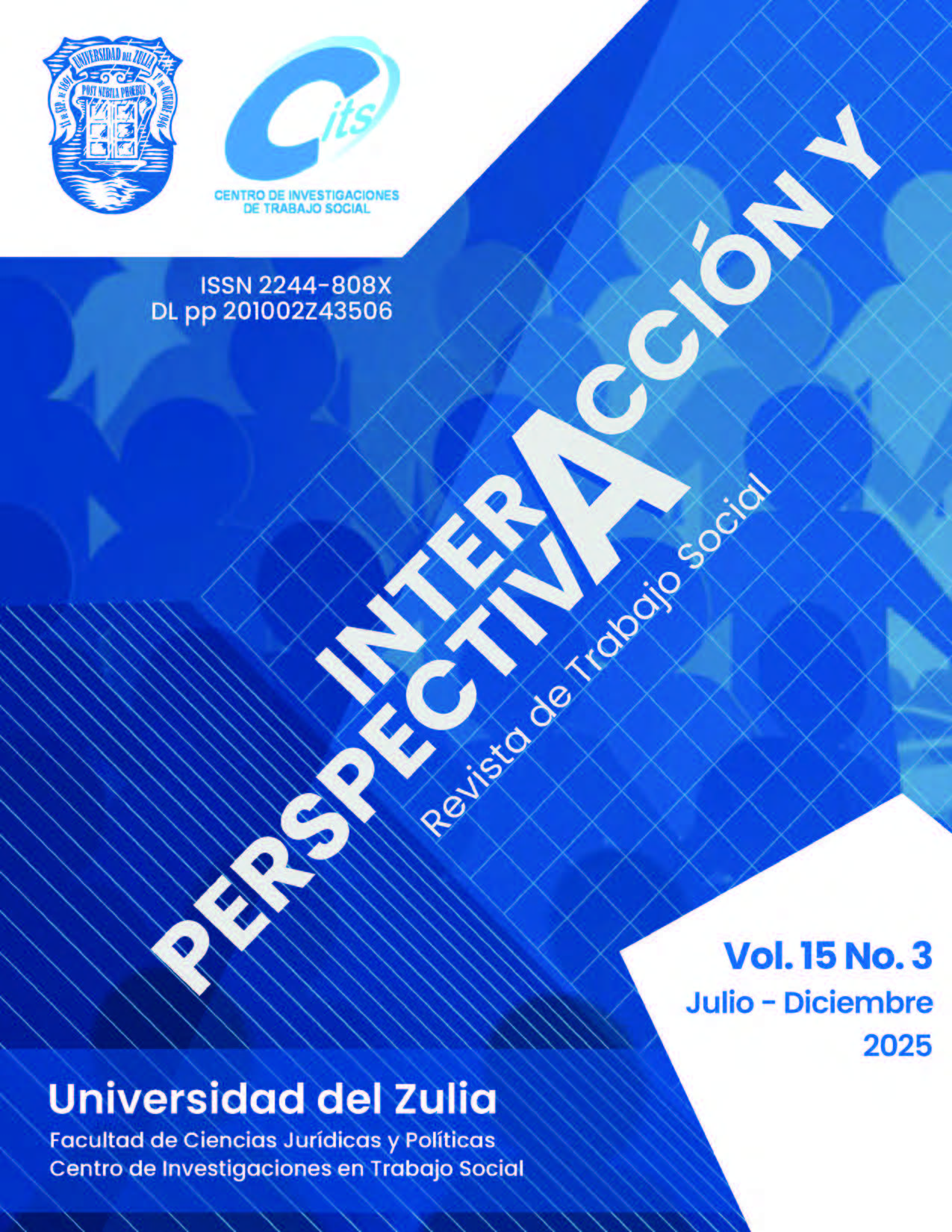The cultural and social significance of maternal rituals in Kyrgyz identity formation
Abstract
Kyrgyz poetry dedicated to children, particularly lullabies, holds a deep cultural and spiritual significance. Central to these lullabies is the reverence for Umai Ene, the maternal goddess of fertility and protection in Kyrgyz folklore. This paper examines the role of Kyrgyz lullabies, or beshik ыры, in shaping the cultural and emotional bonds between mother and child, and the spiritual protection invoked through figures like Umai Ene. The research highlights Umai Ene’s essential role in childbearing and the well-being of children. Lullabies are integral to Kyrgyz childrearing practices, with lyrics often invoking divine protection, nature, and familial values. These songs, sung during cultural ceremonies like beshik toi (cradle celebrations, transmit spiritual beliefs and cultural heritage. The paper also draws on ethnographic and literary works that emphasize the dual role of lullabies as both nurturing and educational tools. By connecting ancient spiritual beliefs to contemporary practices, the paper demonstrates how lullabies serve as tools for preserving Kyrgyz cultural identity while ensuring the continuity of age-old traditions.
Downloads
References
Akmataliev, A. (Ed.) (2004). Kırgız baldar adabiyatının antologiyası [Anthology of Kyrgyz children’s literature]. Bishkek, pp. 456.
Al-Kashghari, M. (2005). Divan Lugat at-Turk [Compendium of the languages of the Turks]. Vol. 1. Translation, preface and commentaries by M. Awesovoy. Almaty: Dyke-Press.
Bett, H. (1968). Nursery rhymes and tales Their origin and history. London: Methuen & Co.Ltd.
Bolotina, L. R., Komarova, T. S., & Baranov, S. P. (1998). Doshkol’naya pedagogika [Preschool pedagogy]: Textbook. Moscow: Akademiya.
Bolshakova, M. (2004). Fol’klor v poznavatel’nom razvitii. Iz opyta raboty [Folklore in childhood development. From the experience of work]. Doshkol’noye vospitaniye, 9, 46-49.
Brett, A. D. (1998). Folklore and identity. Cambridge: Cambridge University Press.
Clauson, G. (1972). An etymological dictionary of pre-thirteenth century Turkish. Oxford: Clarendon press, pp. 164–165.
Delamar, G. T. (1987). Mother Goose From nursery to literature. Jefferson: McFarland and Company, Inc.
Eckensein, L. (1906). Comparative studies in nursery rhymes. London: Duckworth & Co.
Green, P. B. (1968). A history of nursery rhymes. Detroit: Singing Tree Press.
Huntington, E. (1907). The pulse of Asia: A journey in Central Asia illustrating the geographic basis of history. Boston; New York: Houghton, Mifflin and Company.
Malof, J. (1970). A manual of English meters. Bloomington: Indiana University Press.
Moldobaev, I. (1999). “Po sledam religioznykh verovaniy kyrgyzov”’ (s drevneyshikh vremen do nashikh dney) [“On the traces of religious beliefs of the Kyrgyz”’ (from ancient times to the present day)]. Central Asia and Culture of the World, 1.
Opie, I., & Opie, P. (1951). The Oxford dictionary of nursery rhymes. Oxford: Oxford University Press.
Roza Otunbaevanın Demilgesi (2018, June 28). Beşik ırları [Lullabies]. Available: https://roza.kg/ky/press-center/news/4542
Rysbaev, S., Abdukhamidova, B., & Batyrkulova, A. (Comp.) (2012). Kırgız adabiyatının antologiyası: Çıgarmalardın 10 tomduk jıynagı. T. 4: Eldik baldar folkloru [Anthology of Kyrgyz literature: A 10-volume collection of works. Vol. 4: Children’s folklore]. Bishkek: Editorial Board of the Kyrgyz Encyclopedia, pp. 464.
Sattarova, A. T. (2001). Kırgız baldar folkloru: Janrdık tüzülüşü jana körköm özgöçölüktörü [Kyrgyz children’s folklore: Genre structure and artistic features]. Abstract of Diss. Cand. Phil. Sci., Bishkek, pp. 20.
Shaidullaeva, A. (2004). Lullaby revival in Kyrgyz culture. Bishkek.
Solter, A. (2001). The aware baby. Goleta: Shining Star Press.
Sputnik Kyrgyzstan (2021, September 17). Beşik ırlarının teksti. Aldey, aldey ak böpöm... [Lullaby lyrics. So, so good, my white baby...]. Available: https://sputnik.kg/20210917/beshik- yrlary-tekst-salt-sanaa-1053932779.html
Tulogabylov, M. (1991). Kırgız baldar adabiyatının tarıhı [History of Kyrgyz children’s literature]. Bishkek: Mektep, pp. 272.

















